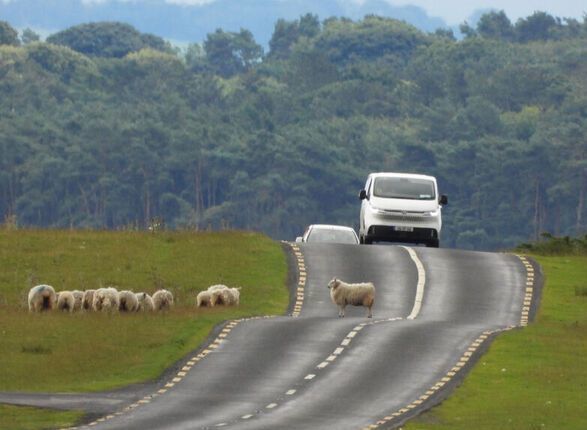By the middle of Easter Week 1916 it was evident to any impartial or detached observer that the odds were stacking up by the hour against the men and women who had taken up arms in what historians would call the Easter Rising.
Indecision, uncertainty and Eoin Mac Neill's order to cancel maneuvers on Easter Sunday would blunt the effect of an armed insurrection that was intended to secure a measure of Irish freedom that would be at best absolute, and certainly far in advance of Home Rule.
Nevertheless, the seizure of strategic locations by IRB-led Irish Volunteers and members of the Irish Citizen Army on Easter Monday came as a shock not just to the British, but to most people in Ireland itself, and for sure the citizenry of Dublin.
Many in the Irish capital were less than impressed by what they were witnessing and little moved by Pearse's reading of a proclamation of a republic under the jurisdiction of what was called a provisional government.
Some laughed at the idea that a handful of essentially amateur soldiers could overturn British rule, even if British forces were being drawn in ever larger numbers into the morass that was the war on the continent.
Laughter quickly faded as it became apparent that the rebels in the GPO and in other strategic buildings around Dublin were serious about taking on British forces and that the British were equally serious in their intent to crush the rebellion.
By Easter Tuesday, martial law was in force in the city of Dublin and surrounding county. The rebel fighters were obliged to quit their position in the Royal College of Surgeons while British troops, now being substantially reinforced, were responding with increasing ferocity and firepower. On the 26th, British plans did suffer a setback when reinforcements were stopped at Mount Street Bridge by a handful of men deployed by Eamon de Valera.
But by Wednesday there was a clear indicator of the inequality at the heart of the fight. In addition to British artillery, the gunboat Helga began shelling Irish positions from the River Liffey and as more British troops arrived the writing was as clear on the proverbial wall as it had been in the Proclamation. Over the next couple of days, with 12,000 troops now deployed, the British tightened the military noose. By the 29th it was all over and Pearse led Irish forces in an unconditional surrender.
But of course it wasn't all over. The very fact that we are once again remembering Easter Week this week, its 95th anniversary, is further acknowledgment that what was a six-day skirmish, by the standards of the wider war in Europe, would have profound effects in the years and decades to follow, not just for Ireland and Britain, but for other countries around the world who saw in the Irish willingness to ignore the apparently overwhelming odds as a sign that their independence struggles were not necessarily hopeless, or doomed. The struggle for an independent India, to give just one example, was in no small part inspired by the events in Ireland before, during and after 1916.
Five years from now, the 100th anniversary of the Rising will be a moment to assess the events and legacy of 1916 with the degree of mature knowledge and insight that comes with the passing of significant spans of time.
A hundred years is a significant span; so indeed is 95 years. And yet we are reminded, certainly by the intensity of the debate that the events of Easter Week 1916 yet inspire and provoke, that it is really no time at all.
The first shots of that Easter Week still echo, and the volleys of the firing squads still haunt. We do well to remember.








